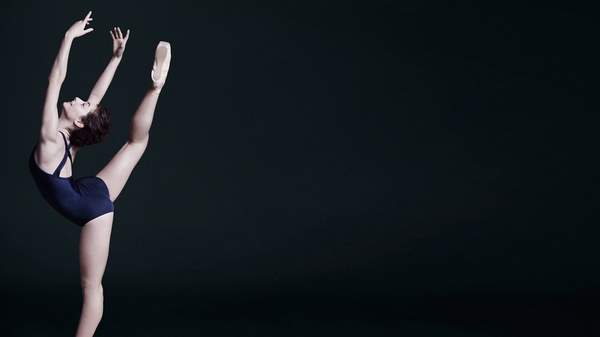Overview
There's a seductive, undeniable appeal in the familiar. It's the reason you've ordered takeaway Thai twice already this week, how you justify hanging onto that band tee with more holes than an aged block of Swiss, and why you believe that seat on the bus is undeniably and eternally yours alone. Seriously, we thrive on routine; we love trying to know what to expect in the hopes of guaranteeing as little disappointment as possible.
For most of us, visiting the ballet falls well outside the realm of our normal weekly routine. But when you begin to break it down, there's a lot of reason to give this often inaccessible artform a go. Not just the stuffy, 100-year-old performances of yore, modern ballet can be just as fun and contemporary as your regular night at your local indie cinema. And this year, The Australian Ballet have just what you need to break from the familiar. They're kicking off their stellar 2016 season with a production perfect for tentative first-timers.
It's called Vitesse, and it's an exhilarating, high-energy triple bill showcasing dances from top contemporary choreographers from around the world. Still unsure if the ballet's for you? We chatted with The Australian Ballet's dancer and Vitesse cast member Vivienne Wong to get to the bottom of what this latest production is all about.
So, let's clear a few things up.
IT'S ABOUT MORE THAN JUST TUTUS AND TIARAS
Throw out your misconceptions of what ballet is supposed to be with this one; Vitesse is an undeniably modern show. Unlike its more traditional counterparts Swan Lake and Romeo and Juliet, this production is rooted firmly in the present. Comprised of three unique ballets, each piece challenges dancers to push themselves to their limits.
Wong, who is featured in two of the three ballets, believes it's Vitesse's emphasis on physicality that makes this a must-see production. "It's totally different to our traditional ballets," she says. "It's three amazing works that are really influential to contemporary ballet these days."
Donning plain leotards and flowing dresses, Wong reveals these simple costumes further highlight the dynamic shapes and lines made by the dancers on stage. "Everyone gets to really push themselves in a fun way. It's so physically different to the straight, classical ballet. It's challenging on our bodies."
NYC Ballet, DGV: Danse à Grande Vitesse
IT TAKES CUES FROM CULTURAL HISTORY
Despite its contemporary grounding, Vitesse doesn't lose sight of the past. The triple bill's first ballet, Christopher Wheeldon's DGV: Danse à Grande Vitesse, sees English composer Michael Nyman's 1993 musical score Musique à Grande Vitesse transformed into a spectacular display of agility and motion.
So what's the significance behind all this? Basically, the composition was created for the inauguration of France's fast train, TGV. Now, this might sound like the dullest means of inspiration — but hear us out. As Wong explains, Wheeldon wanted to "capture the feeling travelling in time or being suspended in space". Which might help paint a picture of the choreographed reimagination of the work.
This movement is played out in a pas de deux (translation: a duet where dancers move through ballet steps together), where performers, hurtling and bounding across the stage, capture the movement of this high-speed train. The ballet unfolds with sequences that capture the intensity of the music through geometric shapes and sculptural positions, which, as Wong describes it, is "really quite athletic".
IT'S FAST PACED AND VARIED
That's right folks, along with DGV, there are still two more ballets on this bill to keep you entertained. Czech choreographer Jiří Kylián's Forgotten Land brings a somber tone to the night, capturing the loneliness and heartache contained within the paintings of Edvard Munch. As Wong explains, the work is "inspired by a painting of a woman alone on a beach. He [Kylián] wanted to express these feelings of time lost...it's about recalling time's past". Six couples will fill the stage, flowing through an emotional and passionate ballet.
And to round it all off, William Forsythe's 1987 ballet In the Middle, Somewhat Elevated promises to blow audiences away with explosive, ultra-stretched poses. Challenging dancers to extend and test their athletic abilities, this slick composition of complex movements ends Vitesse on a deservedly dramatic note. It seems an apt end to a bill that showcases the beautiful extremes of dance, and how powerful, athletic and complex it can be.
Vitesse runs from April 26 to May 16 at the Sydney Opera House as part of The Australian Ballet's 2016 season. You can book tickets here.
